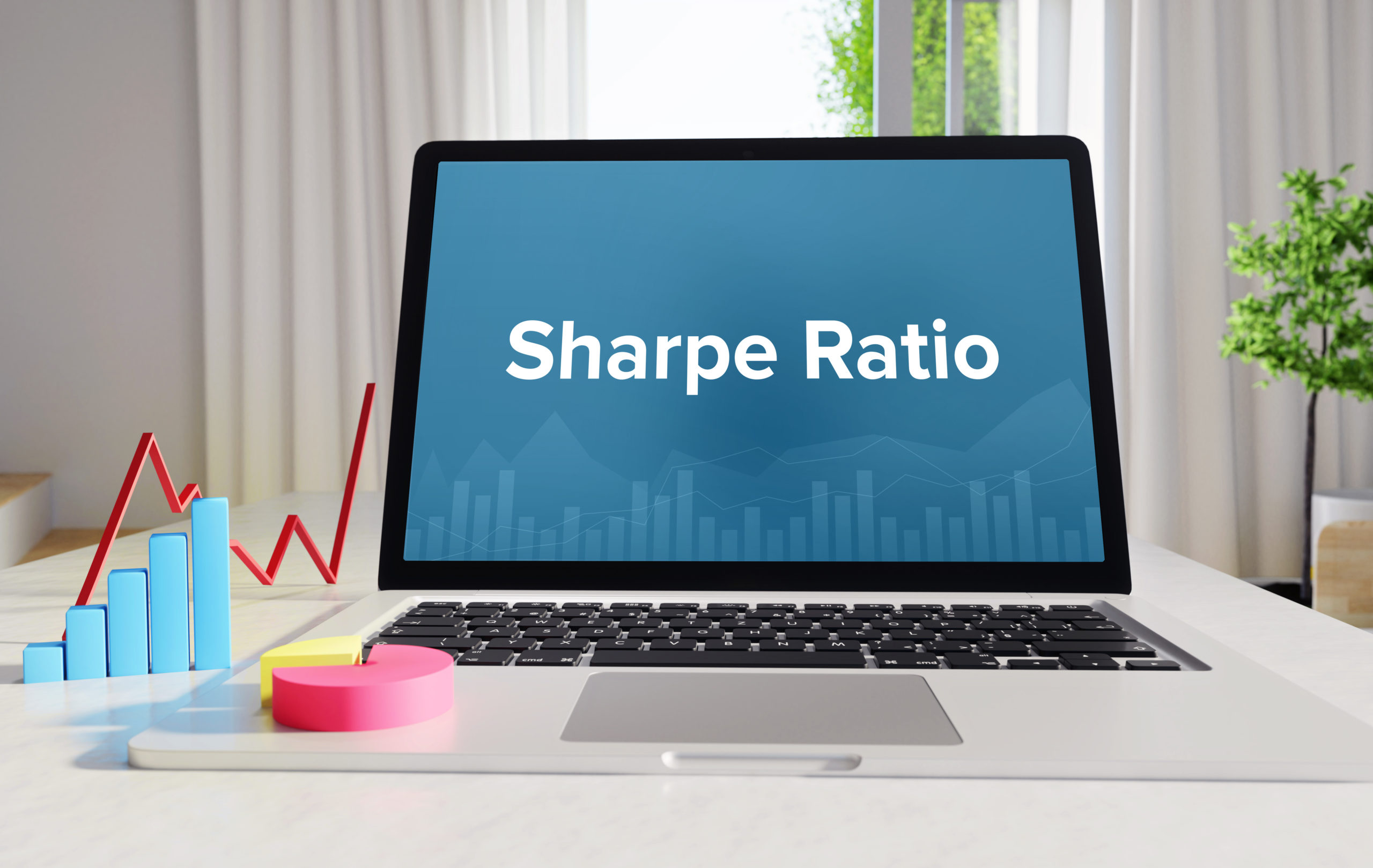In my previous post, I defined the Sharpe Ratio. But what is a good Sharpe Ratio? After all, there must be some ballpark threshold to say “this is too low” or “this is high enough.” In this post, I’ll show you what a good and bad ratio looks like and its intuitive meaning, as well as some of its drawbacks.
Table Of Contents
Suggested Good Sharpe Ratio
According to this, here’s the Sharpe Ratio bracket:
- <1 is bad. 1-1.99 is good. 2-2.99 is great. 3+ is excellent.
Taking this seriously makes no sense at all; in particular because the math behind Sharpe Ratio is not reliable, and also I don’t see how 1.99 is “good” but 2 is “great” all of a sudden.
On a high level these numbers are saying:
- 1-1.99: Alpha’s 1-2X standard deviation. Assuming normal distribution, you need to go 1-2 standard deviations below average performance to lose money. That is, you’ll have 16% to 2.5% chance of losing money.
- 2-2.99: Alpha’s 2-3X standard deviation. Again, assuming normal distribution, it means you’ll lose money 2.5% to 0.15% of the time.
- 3+: You’ll lose money less than 0.15% of the time, assuming normal distribution.
In fantasyland where this is a perfectly good indicator of risk vs. reward, you would just invest in everything with a ratio of 2-3.
…But In Reality
The Sharpe Ratio can be used to compare similar opportunities to each other in an apples-to-apples comparison. Much like EPS. Because the math behind this ratio is goofy, using it as a standalone variable with no context doesn’t make a huge ton of sense.
That said: a ratio of 2-3 is a good sign, because even if the model is somewhat wrong, you can have some safety margin in believing that the reward-to-risk is high.
Big caveat: The Sharpe Ratio is based on past data. Past performance do not indicate future behavior. It’s quite possible a that a portfolio with a ratio of <1 could give you a massive gain while a ratio of 3 yields a massive loss. Examples are when there are certain pivots and catalysts in a company that make past assumptions irrelevant.
So, use 2-3 as a rough ballpark as “hmm, this could be somewhat safe.” But don’t use this as a sole indicator as to whether or not you should invest in something. Instead, this ratio should be one of many things you look at before investing in something.
TLDR: It’s a very rough approximation of risk so you can compare things apples to apples, but not as an absolute indicator of risk.












0 Comments